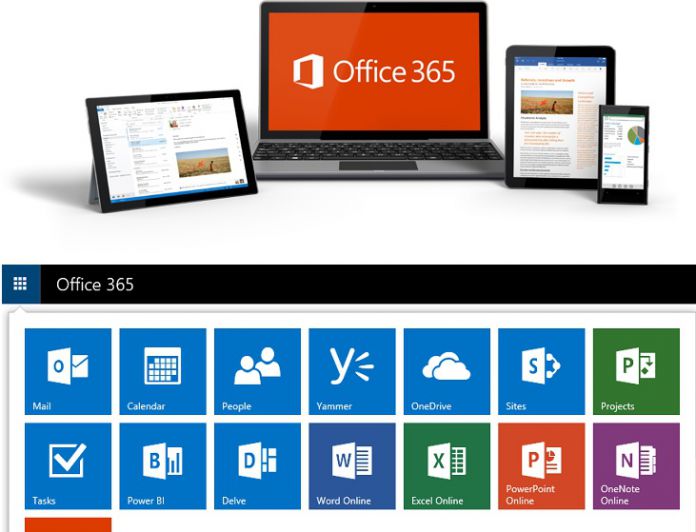As usual, the blog starts by talking up the platform. Office 365 now has over 85-million monthly subscribers, and Microsoft is working to ensure the platform meets a diverse range of customer needs. April will focus on delivering a better Office 365 Groups service. Microsoft says Groups is quickly becoming the “backbone” of collaboration within an organization. Customers use Groups within Microsoft services such as Teams, Outlook, SharePoint, Planner, Yammer, OneNote, and Skype for Business. New additions to Office 365 Groups are available from today. The company lists the following improvements to the service:
Restore deleted groups—If you deleted an Office 365 group, it’s now retained by default for a period of 30 days. Within that period, you can restore the group and its associated apps and data via a new PowerShell cmdlet. Retention policies—Manage group content produced by setting up retention policies to keep what you want and get rid of what you don’t need. Admins can now create Office 365 Groups retention policies that apply to the group’s shared inbox and files in one step using the Office 365 Security & Compliance Center. Label management—With labels, you can classify Office 365 Groups emails and documents across your organization for governance, and enforce retention rules based on that classification.
Office 365 Roadmap
Moving away from Groups, Fiessinger also talked about what customers can expect in the coming months. Firstly, there will be a Twitter AMA session on the Microsoft Tech Community kicking off on April 13 at 9:00 AM PDT. This AMA will focus on Office 365 Groups admin features and updates. As for the coming months, there are plenty of changes on the horizon. Microsoft lists these enhancements in its Office 365 roadmap:
Expiry policy: Soon, you will be able to set a policy that automatically deletes a group and all its associated apps after a specific period. The group owner(s) will receive an email notification prior to the expiration date, and they will be able to extend the expiration date if the group is still in use. Once the expiration date is reached, the group will be soft deleted for 30 days (and hence can be restored by an administrator if needed). Azure AD naming policy: Admins will be able to configure a policy for appending text to the beginning or end of a group’s name and email address no matter where the group is created, such as Outlook, Planner, Power BI, etc. Admins will be able to configure a list of specific blocked words that can’t be used in group names and rely on the native list of thousands of blocked words to keep their directories clean. Default classification and classification description: Will enable admins to set default Office 365 Groups classification at the tenant level using PowerShell cmdlets. In addition, admins will be able to provide a description for each of the defined classifications. Classification is available when creating or modifying a group across apps: Selecting a group classification will be available when creating or editing a group across the following Office 365 applications: Outlook, SharePoint, Planner, Yammer and StaffHub.




